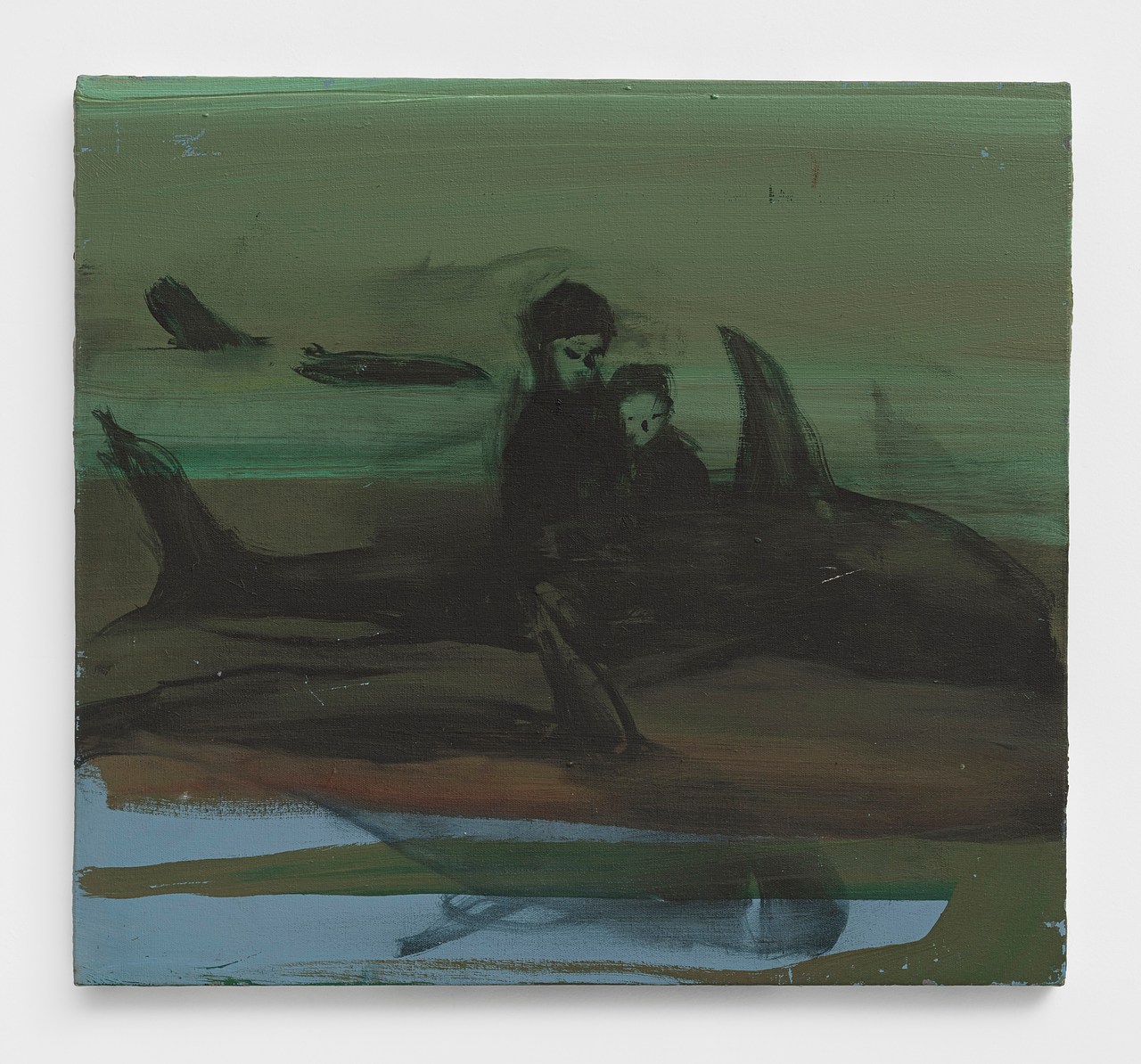The art world is still flush from Paris fever, with international galleries vying for a foothold in the City of Light, particularly since Brexit in 2016 and the arrival of Art Basel Paris three years ago. Now added to this week’s fete are several new satellite fairs and expanded, hybrid selling exhibitions.
From Thursday to Sunday, the US-based New Art Dealer’s Alliance is partnering with local artist-run organization The Community for “Salon by NADA and The Community.” The hybrid, must-see selling exhibition OFFSCREEN has expanded, welcoming Marian Goodman gallery for the first time with a special Chantal Ackerman project, and the Place des Vosges in the Maris is hosting an informal grouping of eight pop-up galleries, including Chris Sharp Gallery, and Corbet vs. Dempsey, to name a few. Not to be forgotten, the mainstay Paris Internationale fair is celebrating a decade since its founding.
With so many events over such a densely-packed week, comes the inevitable question of whether the Paris pie is big enough to go around. Yet from what ARTnews has been hearing, for now, the answer is a resounding, yes.
“I absolutely think there’s room for all of it,” Lowell Pettit, a New York-based art advisor at the Association of Professional Art Advisors told ARTnews. “If the economics are there, from the point of view of our responsibility to our clients, it’s required reading” to attend just about every satellite event. “It’s fascinating the number of different options and experiences … It just means more voices, more artists and more venues in which to experience art.”
Galleries too, are eager. Silvia Ammon, director of Paris Internationale, told ARTnews she has never received so many requests to join the fair—400 applications for 75 spots. This, despite smaller and midsized galleries struggling amid ever rising operating costs and a down market. “It’s been a really difficult year for the whole art market, and young galleries in particular, but I had no withdrawals. I feel a very strong desire to be in Paris and for this week in October,” she said.
Copyright
© Art News



















